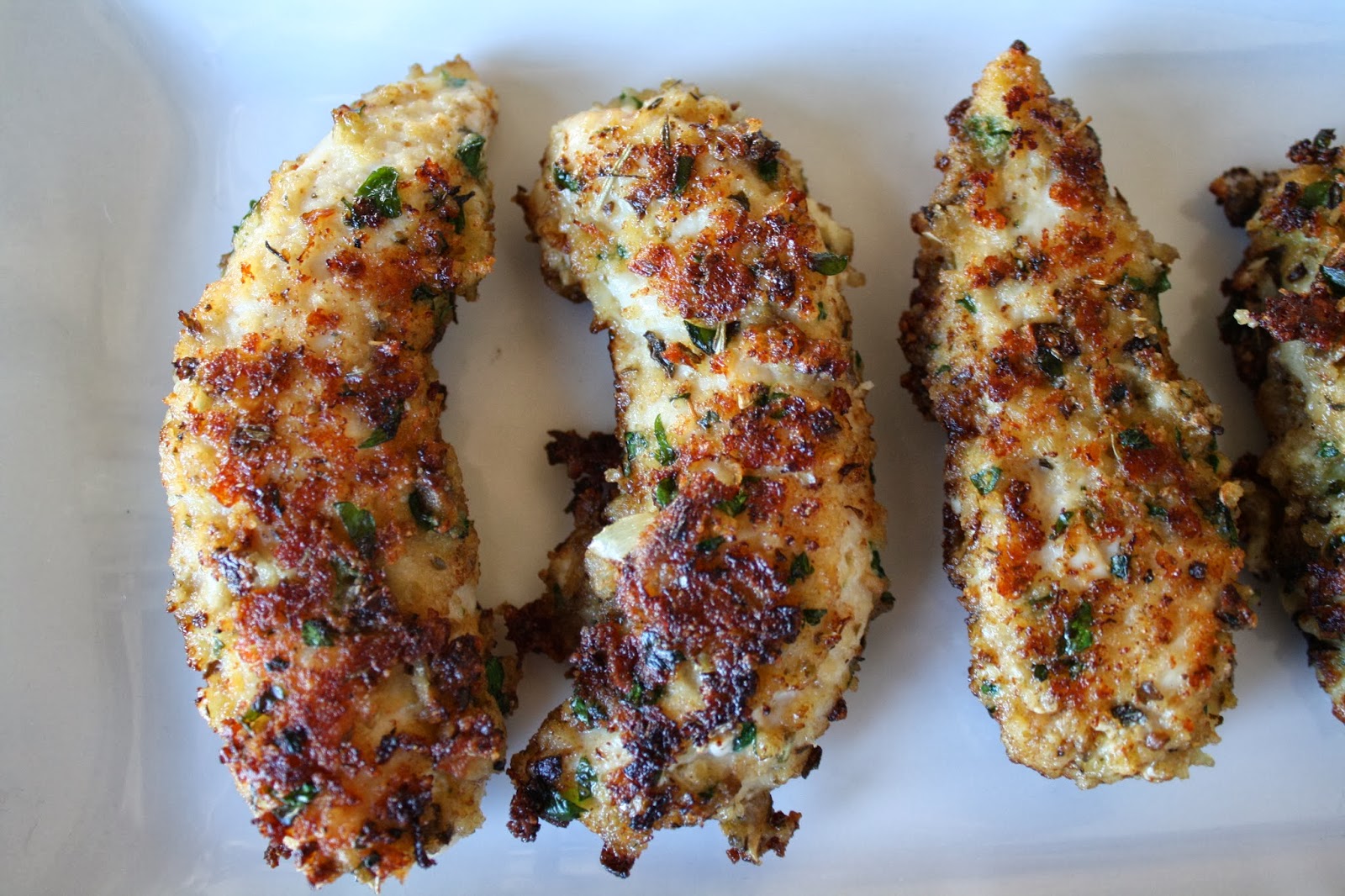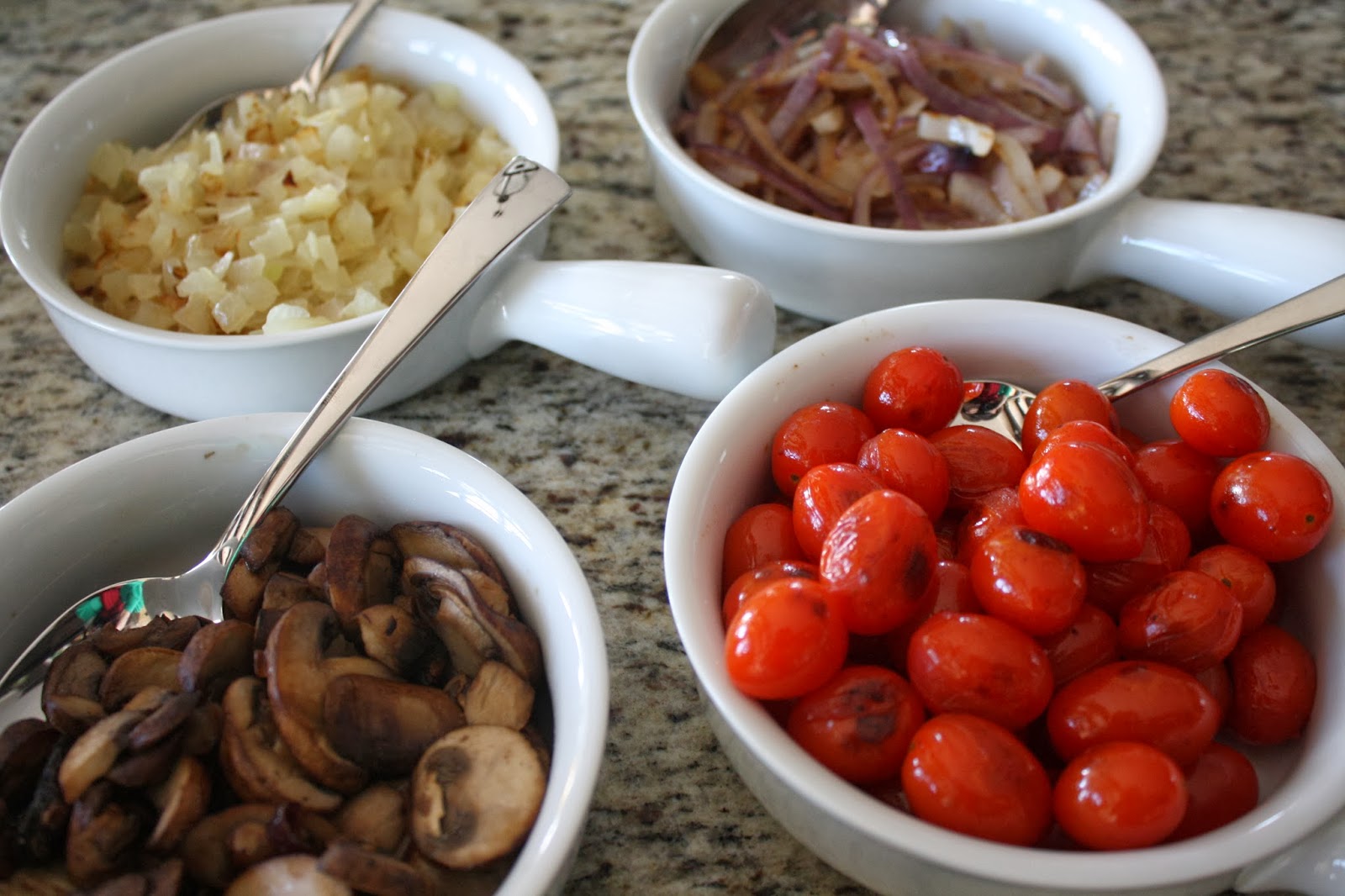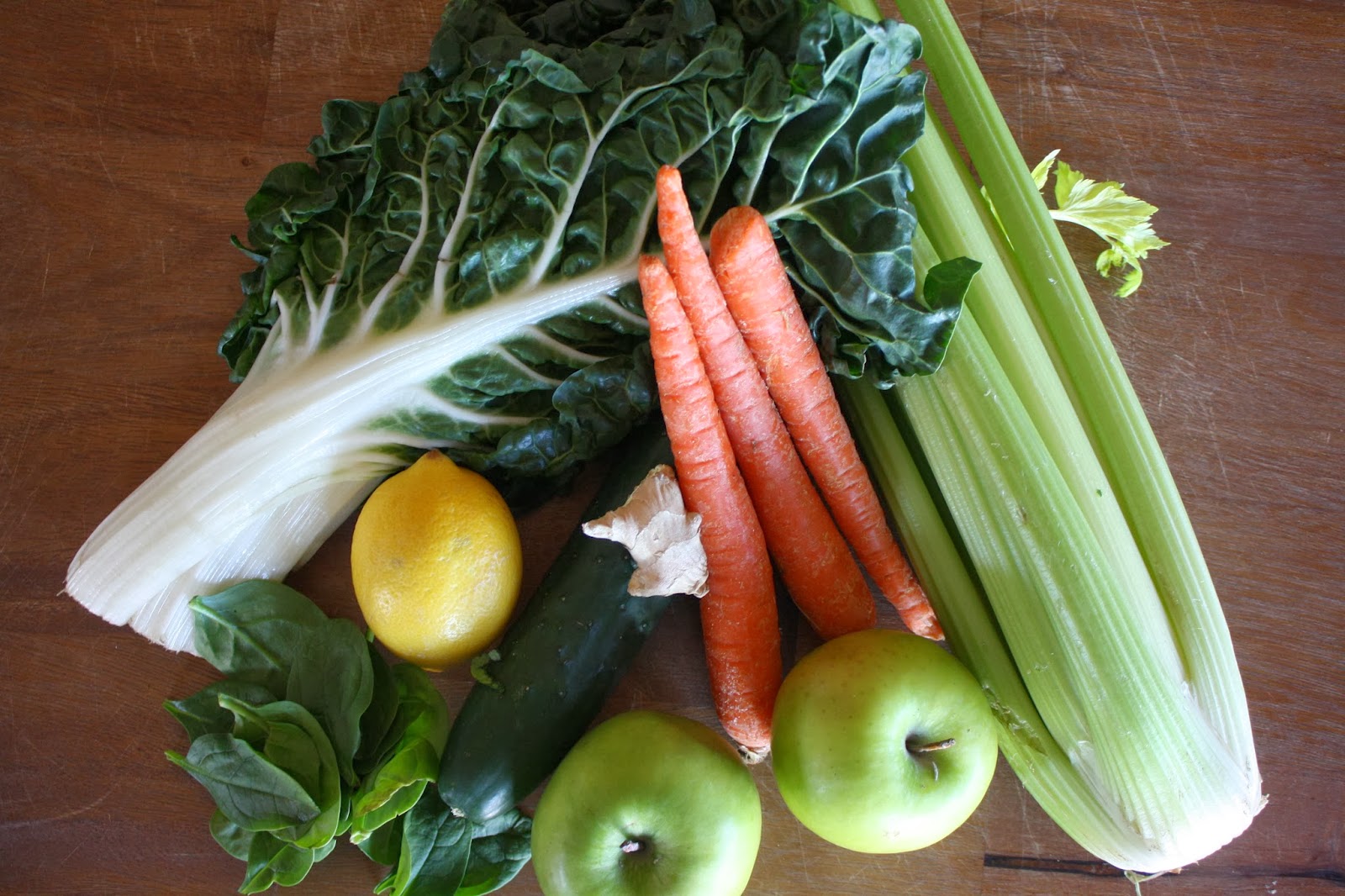In the New Year, Better Choices post at the beginning of the year, I hinted at something new my husband and I are incorporating into our diets. It was actually my husband’s idea. So what are we doing? Juicing. Have you heard of it? We really like to watch food documentaries and recently watched, Fat Sick and Nearly Dead. In this documentary, they juice as a means of fasting. We knew that wasn’t our goal, but did find the health benefits to be something that we wanted to try to obtain. The documentary talked about how juicing supercharges nutrient intake. It is hard to eat as many nutrients as you could get from juicing, which I completely agree with. “Juicing is a process which extracts water and nutrients from produce and discards the indigestible fiber. Without all the fiber, your digestive system doesn’t have to work as hard to break down the food and absorb the nutrients. In fact, it makes the nutrients more readily available to the body in much larger quantities than if you were to eat the fruits and vegetables whole.”
So lets talk the basics. To juice, you have to buy an appliance to do this. Basically you are taking fruits and veggies and putting them through this appliance to extract the juice, at a much better rate than you could do manually.
So what machine to buy? These are not super cheap, but we decided to veto Christmas gifts for each other this year and buy a juicer instead. There are two main types of juicers, cold pressed, also known as masticating, and centrifugal juicers. After much research, we decided to go with the cold pressed machine, specifically the Hurom. Cold pressed machines are a bit more expensive, but they don’t use heat to juice, so the nutrients and enzymes are maintained. Also, the shelf life of the juice is a bit longer. This was important for us, so we could juice a huge batch and then have it on hand for the following couple of days. Finally, the quantity of juice you obtain with a cold pressed machine is more than with the centrifugal machines. The one negative for us is you do have a higher pulp content with the cold press machines, but I will tell you what we do to help with this a bit further down.
What we do. We usually try one recipe a week and make a double to quadruple batch. My husband also likes to just experiment and use random things from our fridge. First, we wash the fruits and veggies. Then you need to chop the produce into the size that can fit through the machine, usually not needing to peel which is nice. I personally feel my husband spends more time than he needs doing this. The machines are pretty durable and stop when they can’t process the produce. Then you can reverse out. I tend to be a bit more liberal with the size. The juice will come out one spout and the produce scraps come out the other end. We then take the juice and pour it through a strainer into a very large mason jar to store in the fridge. The juicer strains a lot of the pulp, but we really don’t like pulp so do a couple extra strains. Supposedly, if you buy a centrifugal juicer, you will get less pulp and might not need to do these extra strains. The clean up, as with any appliance, is my least favorite part. One tip we have read is to run water through the machine after you are done. This does help.

Better Bonus Tip: We don’t do this yet, but one of our goals is to get better at gardening...I have lots to learn! When we do garden more, I want to compost. The produce scraps will be great for this.
Controversy. As with anything, there is controversy. Is this worth it? The time. The money. The health. Sure, you are needing a decent amount of produce to obtain the juice, but again I couldn’t sit down and eat the amount of produce that would be needed to consume the same amount of nutrients. As always, organic produce is best, but of course that increases the price even more. Consider at least buying organic with the dirty dozen, actually now known as the dirty dozen plus. We buy a lot of our produce from the wholesale club and plan to do the farmers market when they re-open in the warmer months. Both of these things help with cost reduction. Another controversy is juicing or blending? I say both. Why does it have to be one over the other? We still blend and do our morning smoothies. If you must choose, the controversy lies with blending you keep the fiber and whole food, whereas juicing you lose that but you get much more intense nutrient concentration.
Tips. We find alternating produce while juicing works the best. The greens and celery have the hardest time in the machine, whereas the cucumber and apples juice the easiest. Also, alternating what produce you use each time is important. We end up with it all in one large mason jar so we can shake and infuse all the juices together and store in the fridge. Also, make sure to shake before each consumption.
Recipes. We have tried multiple and here are our comments. I found them all on pinterest. I did not site any, because there were multiple sources for most. The most popular and basic juicing recipe is a basic green juice. It consists of greens, green apple, cucumber, and celery. Optional add ins are lemon and ginger. I actually like it better than I thought I would. The thought of drinking greens sounds horrible (and the juices don't look great either), but the apple really balances it out. I am looking forward to doing a batch of fresh orange or apple juice soon.
ABC juice
Ingredients: 1 green apple, 1 beet, 2 carrots
What we did: 4 apples, 4 beets, 7 carrots (2 large)
Makes: little over 3 cups
Comment: creamy
Debloat
Ingredients: 1 cucumber, 3 celery, 1/2 lemon, 1 kale leaf, 1 green apple
What we did: 4 cucumbers, 1 bunch celery, 3 small lemons, 4 kale leaves, 9 apples
Makes: 8 cups
Comment: do kale at the beginning and / or alternate with others
Seasonal
Ingredients: 8 celery, 2 cucumber, 2 carrots, 3 sweet potatoes, 2 pears, 1 small piece of ginger
What we did: 1 bunch celery, 4 cucumber, 4 carrot, 5 sweet potatoes, 4 pears and inch ginger
Makes: 10 cups
Comment: strong sweet potato flavor
Iron and C booster
Ingredients: 1/2 cucumber, 1 c grapes, 1/2 c spinach, 2 kiwi, 1-2 c water
What we did: 2 cucumber, 4 c grapes, 2 c spinach, 8 kiwi
Makes: 5 cups
Comment: good balance of flavor and consistency
Red ravishing
Ingredients: 5 carrots, 1 beet with stems, ½ bunch celery, 1 cucumber with ends removed, 1 green apple cored, 2 inches of fresh ginger root, ½ kale bunch (optional), ¼ parsley bunch (optional)
What we did: 6 large carrots, 2 beets, 1 bunch celery, 2 cucumber, 2 apples, 1 bunch kale, 4 inches ginger
Makes: 6 cups
Comment: thick and bland
Heart healthy
Ingredients: 1 apple, 6 carrots, 5 kale leaves, 1 beet
What we did: 3 apples, 12 carrots, 1 bunch kale, 1 large beet
Makes: 4 cups
Comment: good balance of flavor
Stress reliever
Ingredients: 2 apples, 1 bunch spinach, 1/2 cucumber, 1 stick celery, 1/4 lemon, 1/2 inch
What we did: 8 apples, 4 handfuls spinach, 2 cucumbers, 4 celery sticks, 1 lemon, 2 inches ginger
Makes: approx 8 cups
Comment: good
Didn’t have a name
Ingredients: Handful of baby carrots, 2 apples, 2 handfuls spinach
What we did: one bag spinach, 2 handfuls of carrots, 4 apples
Makes: 2.75 cups
Comment: good and simple
Do any of you juice? I would love to hear your favorite recipes, tips, tricks, etc.
~Ashley




































